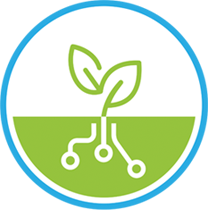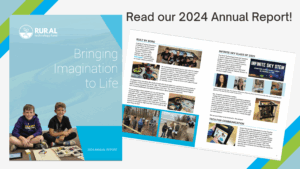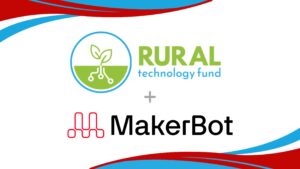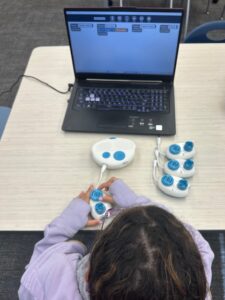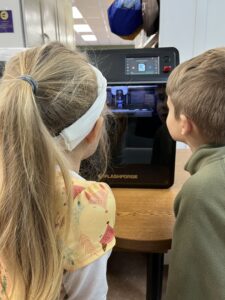Alia Woofenden (Ms. Woof to her students!) is a biologist who was teaching ecology and outdoor courses when her students expressed interest in robotics. She decided that she wanted to integrate technology into her classroom, and would learn how to use it along with her group. She said, “Sometimes the students even figure out how to use these things before me!”
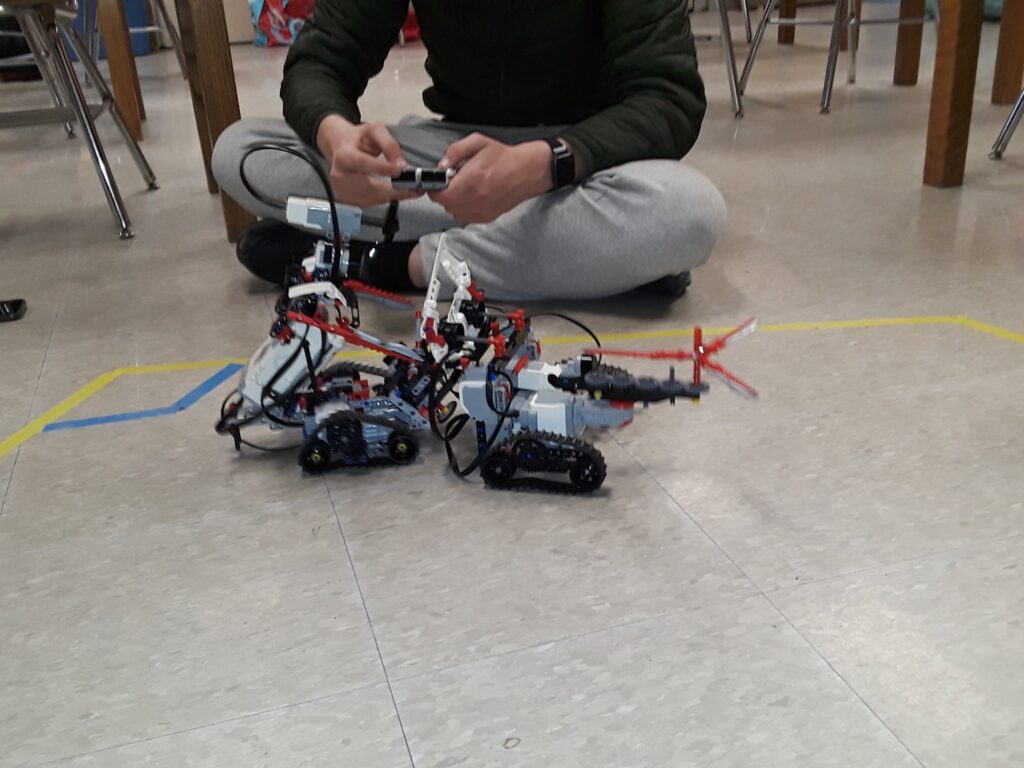
Alia wears many different hats. She is the Liaison for Community Engagement and Enrichment Programs in her school district in Buckland, MA. Primarily an after-school enrichment teacher, she now buses elementary students from four schools to her office in the combined middle and high school to explore robotics and coding. Her program is so popular that registration fills up on in one day, which she says, “shows how much our students want this!”
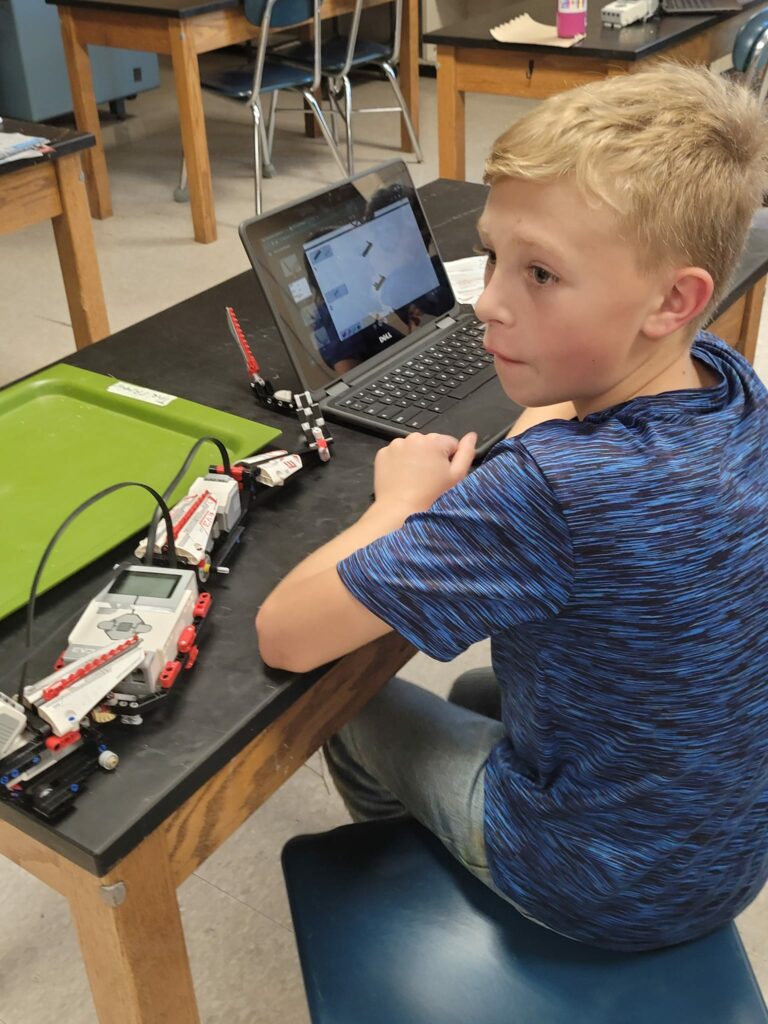
Alia knew the materials required for robotics would need funding, but discovered that there were a couple of robots already in the middle school building that she could start with. She asked to borrow them for a month to do some after-school robotics programming, and even though she didn’t have prior experience, she took a kit and began to play with it. She learned enough to connect it and discover that “the instructions for building were just like building regular Legos.” She knew that the potential was tremendous and stated, “as a scientist, I’m okay with it being outside my comfort zone.”
Eventually, Alia received two LEGO Mindstorm robots from the RTF and learned how to make them work along with her students. She said that a couple of students had robots at home and would show everyone how to do certain things. When they weren’t sure, they would Google it, knowing “someone else has probably had trouble with this.” The robots offered new opportunities and challenges. One of the students’ favorites was doing sumo style “Bot Battles,” where they would design robots with the goal of pushing the other robot out of a circle.
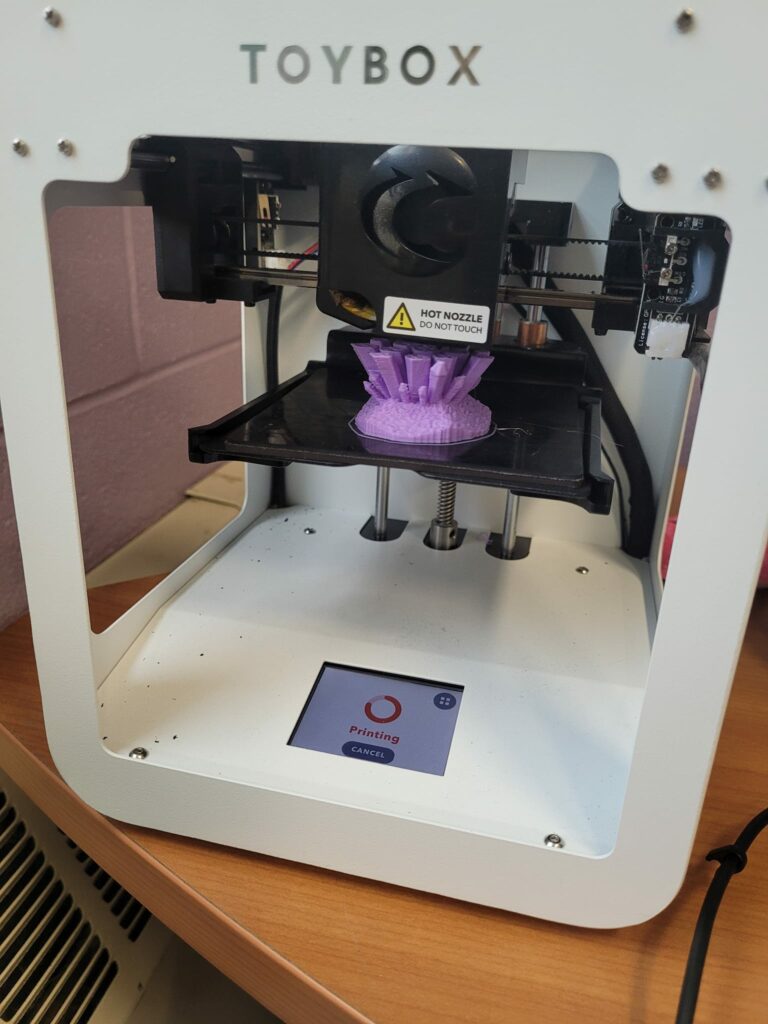
The RTF also donated a 3D printer to Alia’s program. A student who had just graduated from high school saw the ToyBox printer during a summer course and pulled up instructions on how to work it. By the end of the summer, they had printed a ton of things, but that’s not where this story ends! From there, a 5th grade student asked her “how do we design our own thing?” Knowing that TinkerCad was available and having done the tutorial, she showed the student a couple of tricks. After about 5 minutes of modeling, the student started playing around with the program and had designed and printed something themselves by the end of class!! He is now able to help other students wanting to design in TinkerCad.
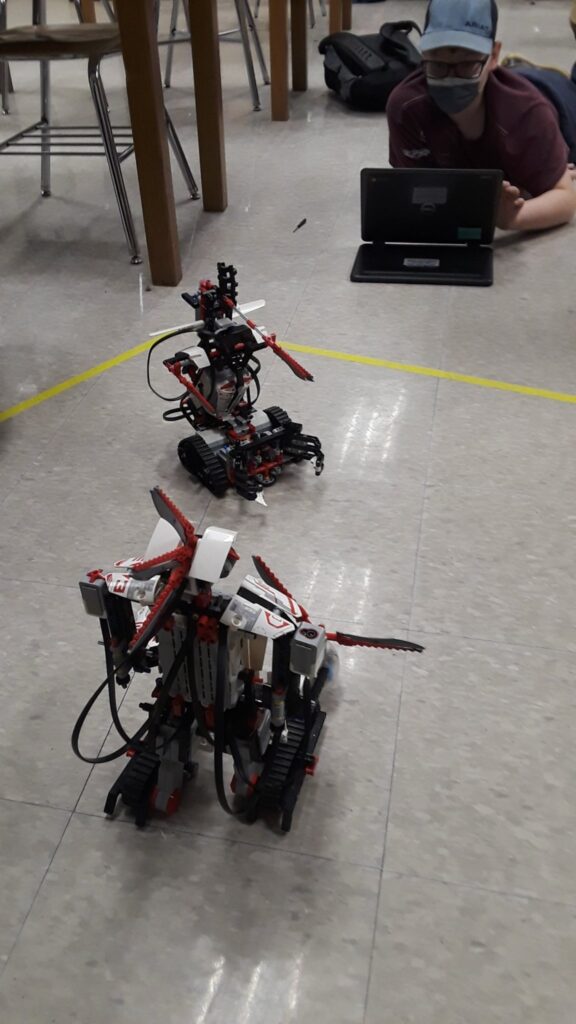
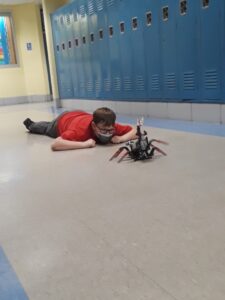
Moving forward, Alia has some great plans, such as:
- Printing robot components with the 3D printer. This idea started when students began asking if they could create their own Lego pieces, which they found online. From there, they realized they could print their own robotics parts, connecting these two technologies!
- Forming a middle school competition robotics team.
- Teaching the middle schoolers to code with Python, per their request. A parent gave Ms. Woofenden a Raspberry Pi that she used to build a car kit she ordered from Amazon. She is planning to show the car to the students and have them help code it.
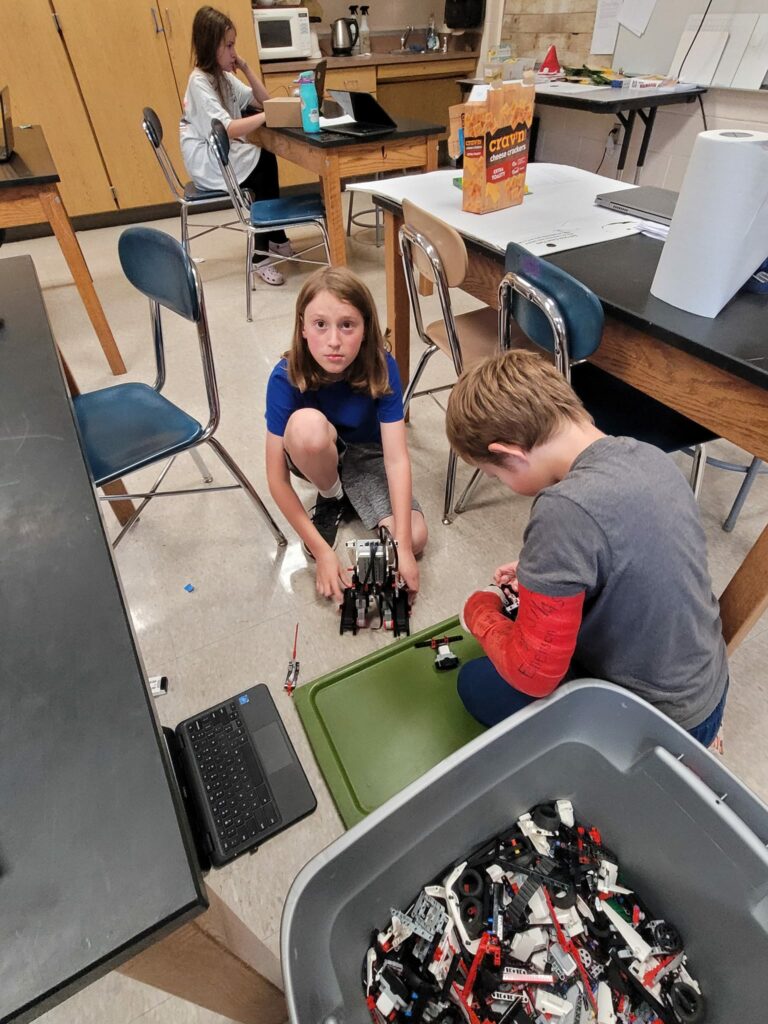
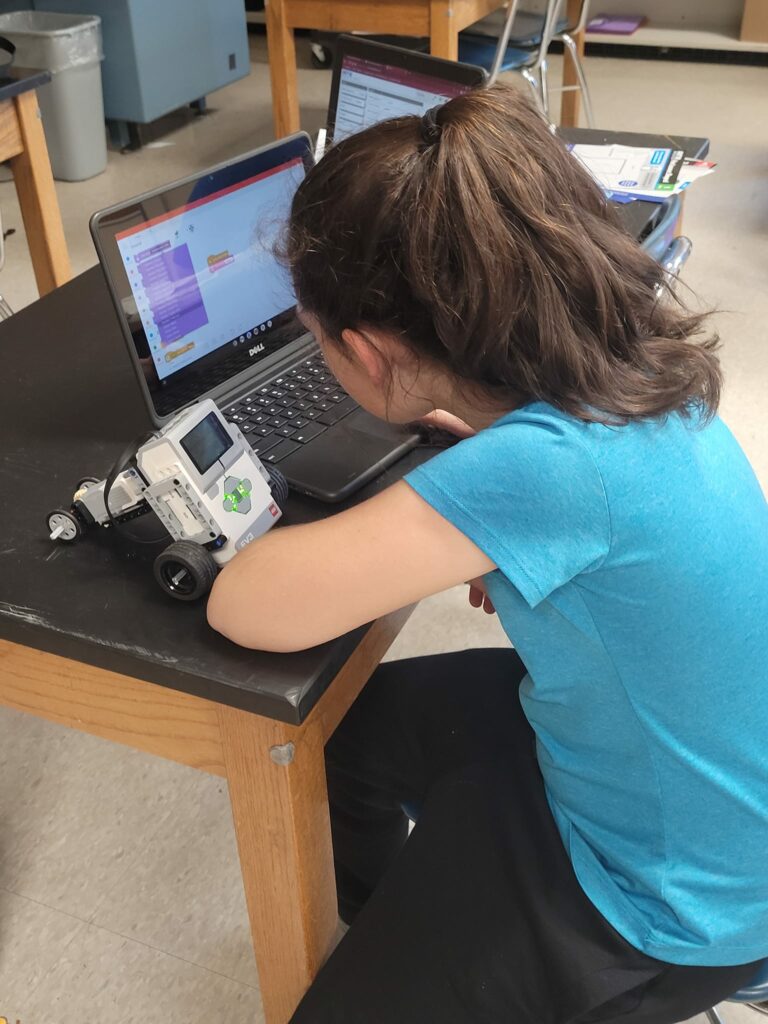
Alia had some fantastic advice for educators new to integrating tech:
- With technology, if a student is ready for something, it doesn’t matter how old they are. The suggested ages aren’t what matters.
- Try things in an after-school or lunch environment. It can be intimidating to have 30 students all learning something new as you are learning something new, but doing a small group allows you to experiment with the students.
- Be okay with Googling stuff! Her daughter says, “Google knows all!” Everyone is sharing resources. Someone probably has a 3-minute video on how to fix your problem!
- Rely on kids to help each other. Pair them up!
- If you give wait time, students often figure out issues on their own. Let them!
- Try not to force students to all build the same thing. Let them explore and be creative.
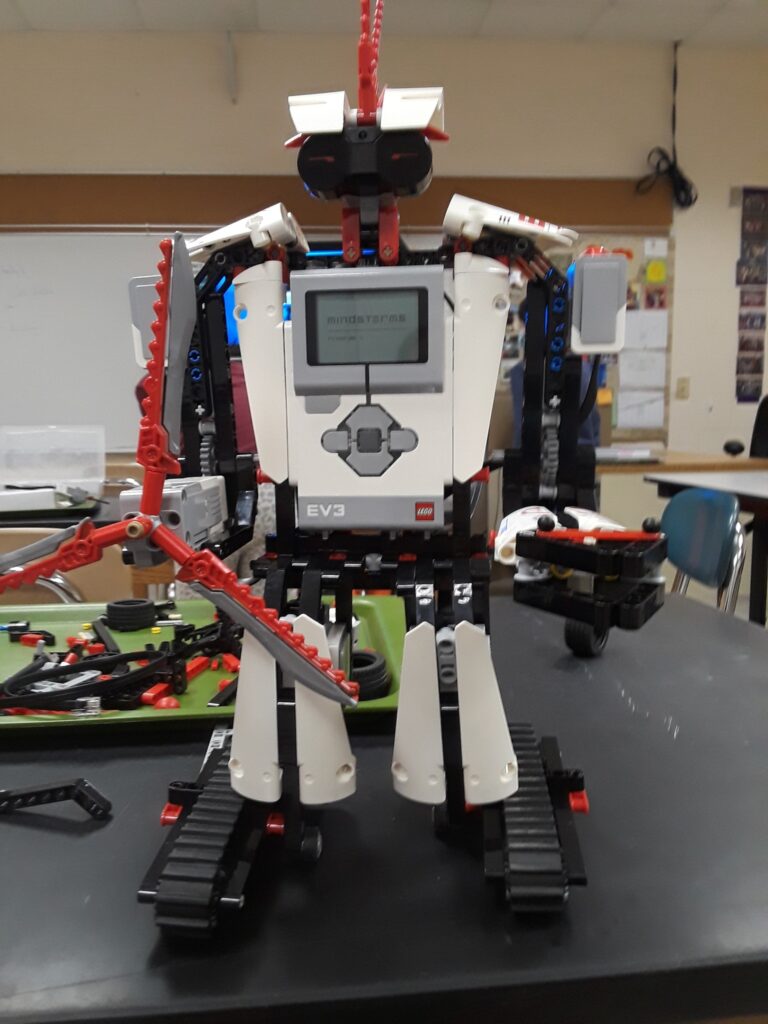
We are so impressed with Alia’s dedication and her ability to reach outside of her comfort zone to explore STEM with her students! We cannot wait to see what they are able to accomplish next.
Stay up to date with our quarterly newsletter, here!
